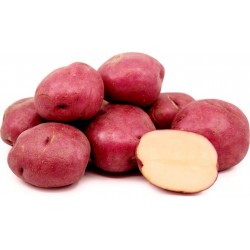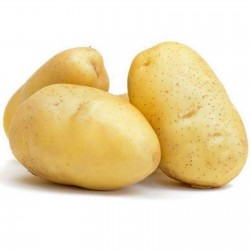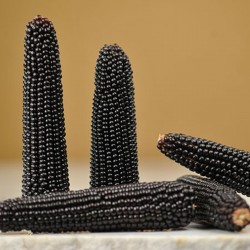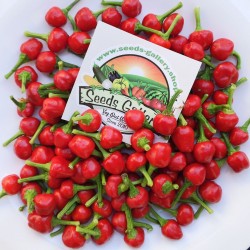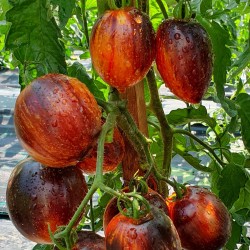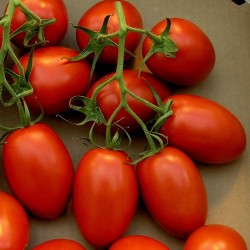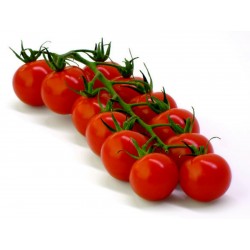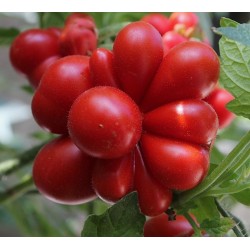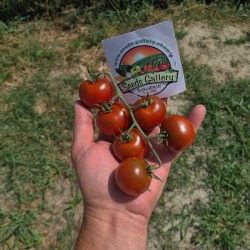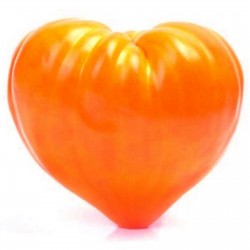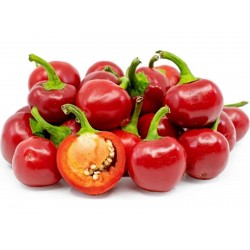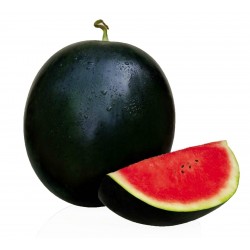Seeds Gallery EU,
5/
5
<h2><strong>Roma Tomato Seeds</strong></h2>
<h2><span style="color:#ff0000;"><strong>Price for Package of 20 seeds.</strong></span></h2>
<p>Roma tomatoes have an elongated egg-like shape, and they grow to about three inches long. Their bright red, smooth and thick skin houses meaty flesh with few seeds, high sugar, and acid levels, and low moisture content compared to other tomato varieties, ideal for cooking down into a tomato sauce or paste. The disease-resistant plants grow to an average of four to six feet, and because this is a determinate plant, the fruits will grow to a set height and ripen about the same time, producing one large crop typically toward the end of the season.</p>
<p>Roma tomatoes are very high in vitamin A and C, and like other red tomato varieties, they’re an inherently rich source of lycopene. Lycopene is a naturally occurring pigment that gives tomatoes their red coloring and doubles as a powerful antioxidant known for its anti-cancer benefits, such as preventing, fighting and repairing cell damage within human bodies, and for its ability to lower cholesterol. Roma tomatoes are also a decent source of iron and fiber, as well as potassium and the B vitamins, which are good for heart health.</p>
<p>Unlike a slicing tomato, Roma tomatoes are not juicy, and they have thicker and drier flesh that cooks down easily into a thick sauce. Cooking also intensifies their slightly sweet tomato flavor. Hence, Roma tomatoes are the trademark tomato for making sauces, pastes, and soups, although they do well in both cooked and raw preparations. They can be slow roasted, dried, stuffed and baked, and their meaty flesh also makes them great for fresh chopped salads and salsas, or adding into an omelet.</p>
<p>The Roma tomato developed out of the demands of early industrial agriculture in the United States. With the ability to ship greater distances, the high demand, and the relatively low aesthetic value of processing tomatoes post-WWII came the development of machine-harvestable, durable varieties, such as the Roma tomato. Genetic studies have proven that the change in the tomato’s shape from round to torpedo as well as the increased firmness of the tomato’s flesh was actually the result of a mutation in the tomato’s genes. This mutation was identified as SUN, named after the tomato variety Sun 1642. This gene causes uniform fruit elongation and is responsible for the Roma tomato's shape.</p>
<p>Roma tomatoes are a hybrid variety developed around 1955 and are believed to be a cross of the Pan American tomato with San Marzano, a paste tomato that was thought to have been brought into the United States by Italian immigrants. Roma tomatoes were bred specifically for their shape, disease resistance, and durability. With such qualities, the Roma tomato has been widely adopted throughout the United States and does well against diseases common in cool, wet climates.</p>
VT 57 (20 S)


